EDITORIAL
Published on 05 Jan 2023
Editorial: Application of fishes as biological models in genetic studies
doi 10.3389/fgene.2022.1092160
- 1,469 views
- 1 citation
7,857
Total downloads
33k
Total views and downloads
EDITORIAL
Published on 05 Jan 2023
MINI REVIEW
Published on 30 Nov 2022
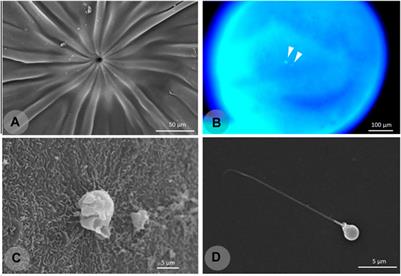
ORIGINAL RESEARCH
Published on 08 Sep 2022
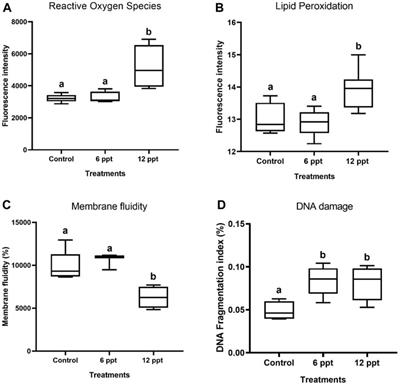
ORIGINAL RESEARCH
Published on 08 Sep 2022

BRIEF RESEARCH REPORT
Published on 07 Sep 2022
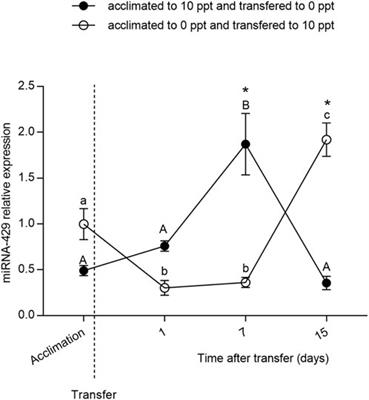
BRIEF RESEARCH REPORT
Published on 15 Jul 2022

ORIGINAL RESEARCH
Published on 12 Jul 2022
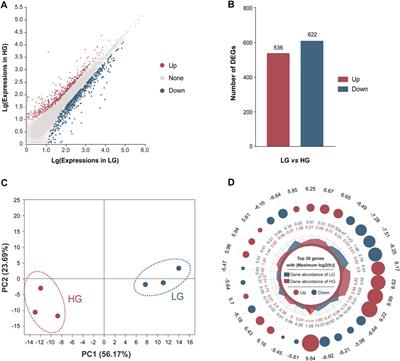
ORIGINAL RESEARCH
Published on 21 Jun 2022

MINI REVIEW
Published on 20 Jun 2022
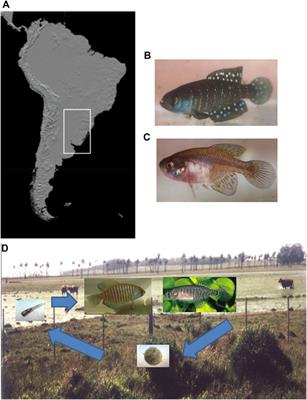
ORIGINAL RESEARCH
Published on 03 Jun 2022
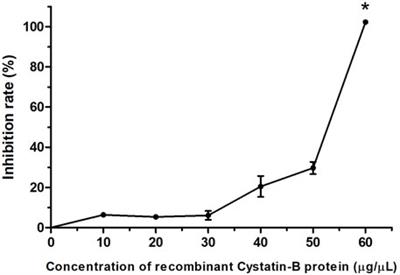
ORIGINAL RESEARCH
Published on 19 May 2022
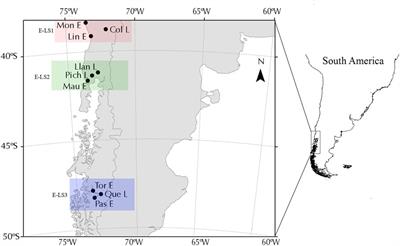
BRIEF RESEARCH REPORT
Published on 28 Mar 2022

